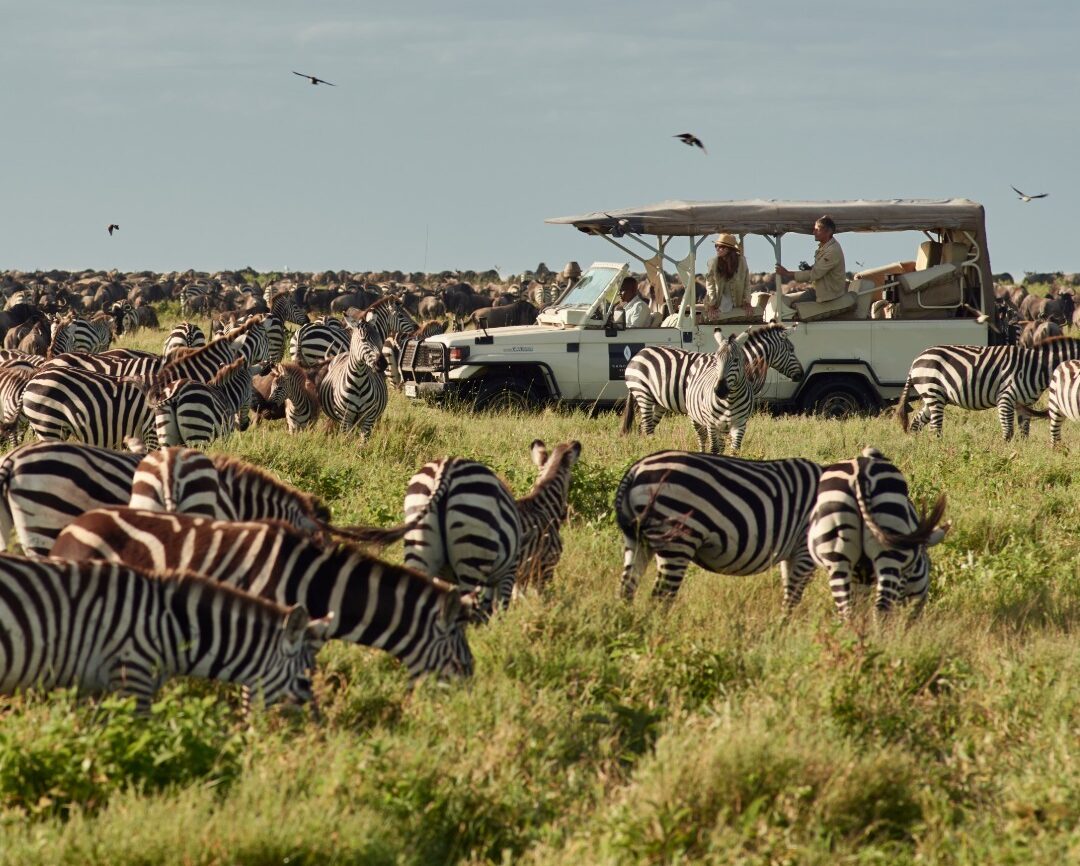How to get to Kenya. Kenya is a bustling gem of East Africa that entices visitors with its various cultures, breathtaking scenery, and abundant animals. Kenya provides a wide range of experiences, from the sun-kissed coastlines of the Indian Ocean to the recognizable savannahs of the Maasai Mara. But careful preparation is essential if you want to enjoy this magical place to the fullest.
It takes planning to go through Kenya’s breathtaking landscapes and varied locations. Making reservations for lodging, learning about regional traditions, and making travel arrangements are essential for a smooth trip.
Fortunately, Kenya boasts numerous transportation options. International flights connect Nairobi, the capital, to major cities worldwide. Domestic flights, efficient bus networks, and well-maintained roads link key attractions, facilitating exploration within the country.
Careful planning ensures a smoother, more immersive Kenyan adventure, enabling travelers to embrace the country’s beauty and culture with ease.
Research and Planning
Kenya’s ideal time to visit can largely depend on your personal preferences and the experiences travelers seek. The weather and wildlife migrations significantly influence these decisions.
Best Time to Visit
- Weather: The dry seasons from late June to October and January to February are favorable for safaris and wildlife viewing. These periods offer pleasant weather with fewer rains, making wildlife sightings more frequent.
- Wildlife Migration: Witnessing the Great Wildebeest Migration in the Maasai Mara usually occurs between July and October. This spectacle involves millions of wildebeests, zebras, and other animals crossing from Tanzania’s Serengeti into Kenya’s Maasai Mara in search of greener pastures.
Entry Points
- Nairobi: As the capital, Nairobi serves as a central hub with Jomo Kenyatta International Airport (JKIA), offering various connections to other regions in Kenya.
- Mombasa: Located along the coast, Mombasa provides easy access to Kenya’s beautiful beaches and coastal attractions. Moi International Airport in Mombasa is another key entry point for travelers.
Visa Requirements
- Many nationalities require a visa to enter Kenya. The eVisa system streamlines the application process, allowing visitors to apply online before arrival. Checking specific visa requirements based on nationality and ensuring the necessary documents (like a valid passport and any required vaccinations) are in order is crucial before travel.
Flights to Kenya
Here is a guide y on how to find and compare flights to Kenya.
- Flight Comparison Websites: Websites like Google Flights, Skyscanner, Expedia, or Kayak allow you to search and compare flights from your location to Kenya. Enter your departure city and Nairobi or Mombasa as your destinations to explore available options.
- Direct vs. Connecting Flights: Direct flights might be available from major airports to Nairobi or Mombasa. These flights are typically more convenient but might be pricier. Connecting Flights: Connecting flights may offer more affordable options but could extend travel time. Consider the layover duration and the number of stops based on your preferences.
- Deals and Discounts:Airlines and travel agencies often provide deals and discounts, especially during off-peak travel seasons. Signing up for fare alerts or newsletters from airlines can help you stay updated on promotions. Additionally, checking multiple sources and being flexible with travel dates can increase the chances of finding better deals.
- Considerations: Look beyond just the ticket price. Consider baggage allowances, layover durations, and departure and arrival times when comparing flights. Evaluate the overall value of money and convenience before making a decision.
Land Transportation within Kenya
In Kenya, several transportation options cater to varying preferences and travel needs:
- Buses
- Minibuses: These minibuses are a common mode of transport, particularly in urban and rural areas. They’re affordable but might be crowded and lack fixed schedules.
- Long-Distance Buses: Companies like Easy Coach, Modern Coast, and Mash Poa operate long-distance buses between major cities. They offer more comfort and reliability.
- Taxis and Ride-Sharing Services
- Taxis: Available in cities, they can be hailed on the streets or booked through apps or hotel services. Negotiating fares in advance is common.
- Ride-Sharing Apps: Services like Uber operate in Nairobi and Mombasa, providing a convenient and often safer alternative to regular taxis.
- Car Rentals: Renting a car allows flexibility and independence in exploring Kenya. Several international and local rental companies offer services in major cities and airports. Ensure proper documentation and insurance before driving.
- Hiring a Driver or Guide: For convenience and a richer experience, hiring a driver or guide is beneficial, especially for safaris or remote areas. They offer local insights, navigate the roads, and enhance safety.
- Road Conditions and Regulations:
- Kenya has a varied road network, ranging from well-maintained highways to rougher roads in rural areas. Exercise caution, especially on rural or less-traveled routes.
- Driving is on the left-hand side, and a valid international driving permit is required alongside your original license.
- Speed limits, seat belt usage, and avoiding mobile phone use while driving are enforced.
Accommodation Options
Booking accommodations in advance is wise, especially during peak travel seasons, ensuring availability and potentially securing better rates. Kenya offers diverse lodging options catering to various preferences and budgets:
- Hotels: Ranging from luxurious to budget-friendly, hotels provide comfort and a range of amenities such as restaurants, pools, and concierge services. Nairobi and coastal areas like Mombasa boast numerous hotel options.
- Lodges and Camps: For a more immersive wildlife experience, lodges and camps situated near national parks and reserves offer a closer connection to nature. They often provide guided safaris and activities.
- Guesthouses and B&Bs: Guesthouses and bed-and-breakfast accommodations are scattered across Kenya, offering a chance to interact with locals and experience Kenyan hospitality. They are generally more budget-friendly and can provide a personalized experience.
- Online Reviews and Ratings: Websites like TripAdvisor, Booking.com, or Airbnb allow travelers to read reviews and ratings from previous guests. This helps assess the quality, safety, and overall experience of accommodations.
- Considerations:
- Location: Choose accommodations near your planned activities or attractions to minimize travel time.
- Safety: Prioritize safety and security when selecting accommodations, especially if traveling solo or with family.
- Authentic Experience: Depending on your preferences, opting for lodges or guesthouses might offer a more authentic and culturally immersive experience compared to standard hotels.

